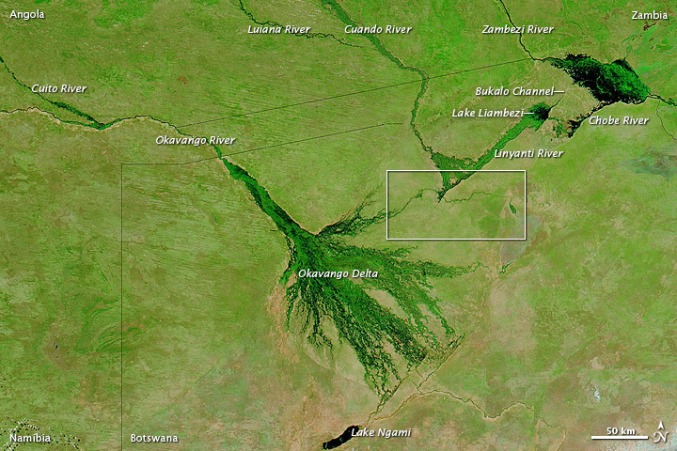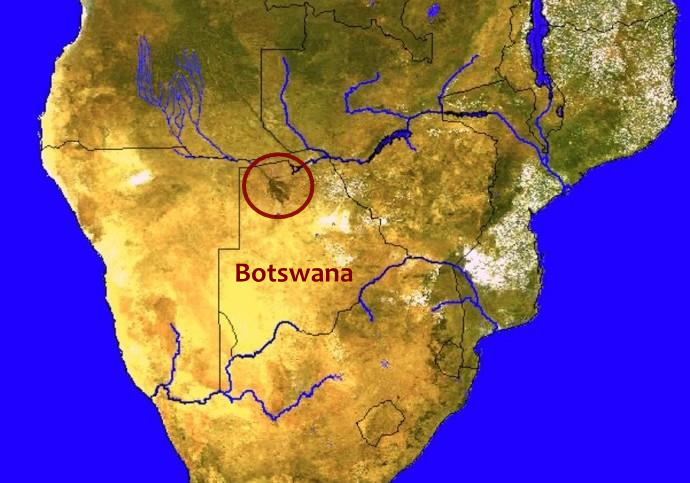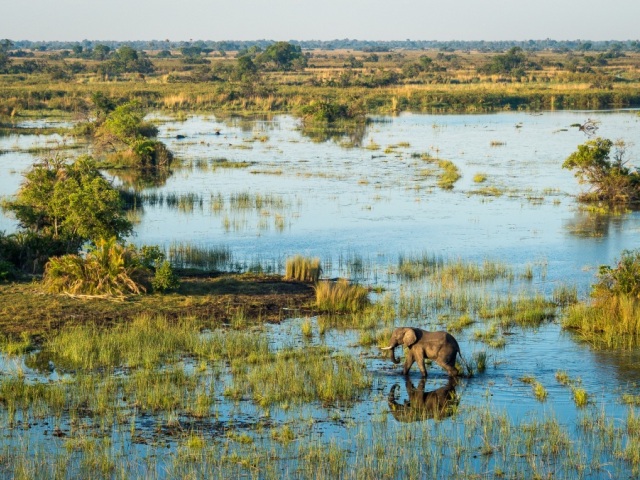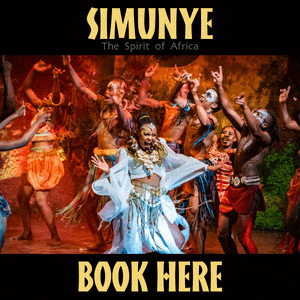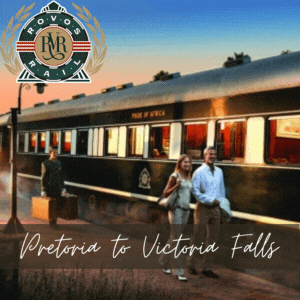Okavango DeltaThe Okavango Delta boasts over 450 bird species and an impressive collection of wildlife, including Africa's Big 5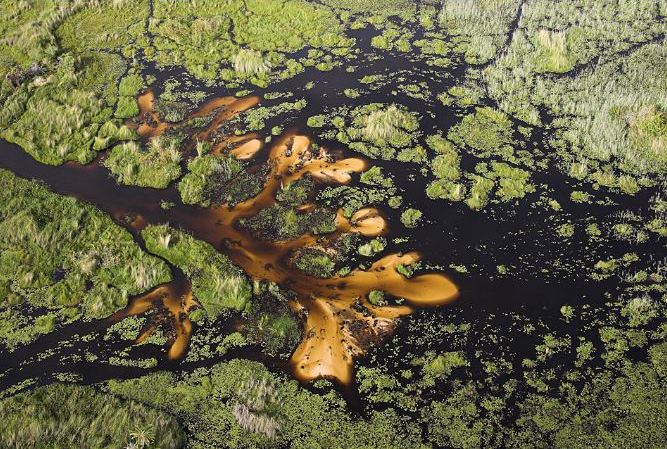
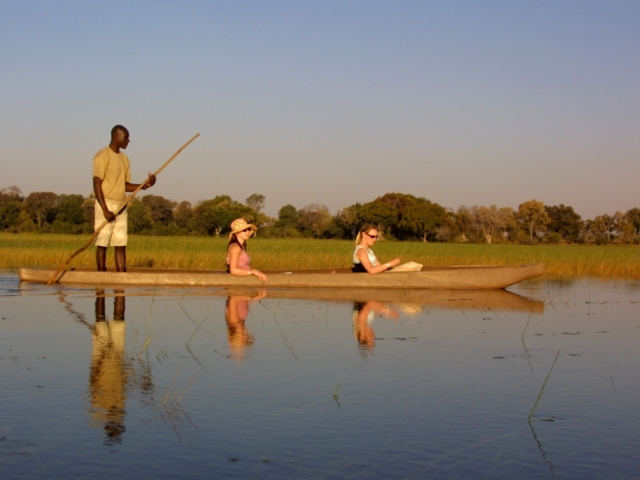
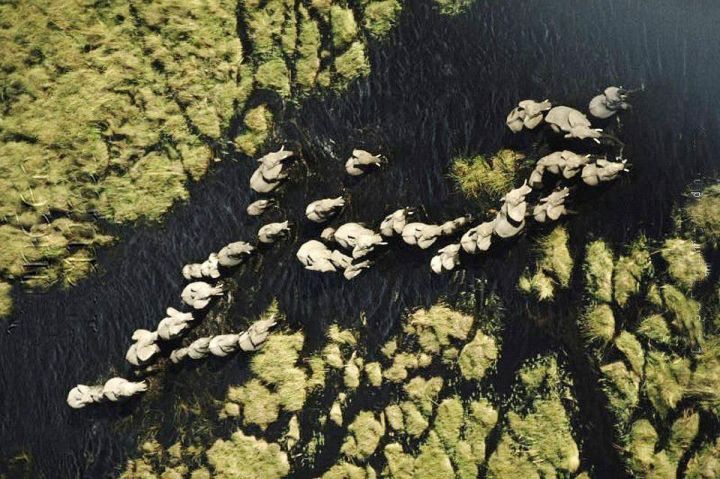
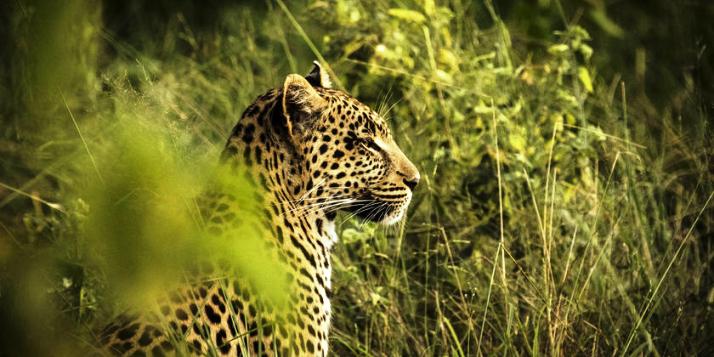
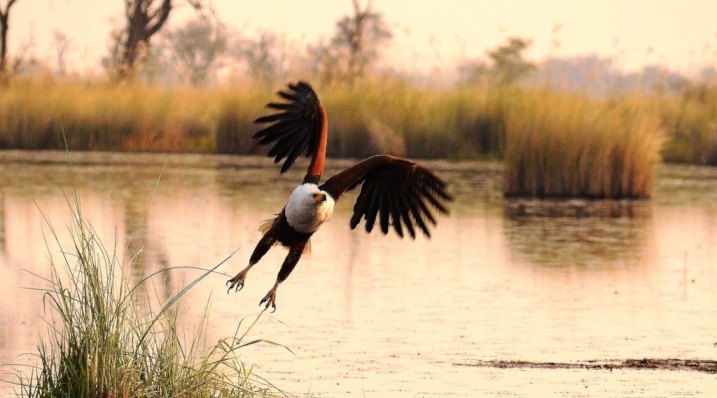
A World Heritage SiteIn the heart of the Kalahari Basin, in the north of Botswana lies a natural phenomenon of outstanding beauty - the Okavango Delta. It is Africa's third largest inland river delta with an area covering between 6,000 and 15,000 km2. Because the Okavango is seasonally flooded during the dry season and the plants and animals have adjusted their movements and biological cycles with the rains and flooding, it has been described by (UNESCO) "an exceptional example of the interaction between climate, hydrological and biological processes". The delta became the 1000th site to be inscribed in UNESCO's list of World Heritage Sites. Although it is not the largest in the world, or even in Africa, its size is what helped to make it one of Africa's Seven Natural Wonders (not to be confused with the Seven Wonders of the World), a list that includes amongst others, such beauties as Mount Kilimanjaro, the Nile River, the Sahara Desert and the Red Sea. There are two other inland deltas that are bigger than the Okavango; the Sudd and the Inner Niger Delta, which are part of two of Africa's largest river systems - the Nile and Niger rivers respectively.
Where is the Okavango Delta?This delta is situated in the northwest region of Botswana in the heart of the vast Kalahari desert - the forth largest desert in the world. The sand in this area sucks all the nutrients and water that occasionally falls. Some plants and animals have learnt to adapt to the the harshness of the Kalahari, with its extreme daytime heat and bitter cold of the winter nights. In the middle of this desert basin, the landscape is astonishing. It is a transitional zone where the Kalahari sand is covered by the delta - an oasis in the Kalahari Desert.
Origins of the OkavangoThe story of the delta is that it was once part of the ancient Lake Makgadikgadi that mostly dried up over 11 000 years ago. The Okavango Delta is correctly described as an alluvial fan, mostly flat, with a height variation of up to 2 metres. It is characterised by lush papyrus swamps, flood plains, a network of channels, lagoons, and is dotted with lots of islands which range from small mounds to the largest one which is Chief's Island. With the rising and falling of the water levels each season, the islands are most visible during the dry season during which they can be accessed and explored. Flood waters from the Angolan highlands are fed through the Okavango River, where it starts off as the Rio Cubango. The river does not drain into the sea, but instead spreads out into the Okavango Delta. The water in the delta either evaporates, percolates, transpires for use by the plants, only 2% of the total flood water flows out into Lake Ngami. It takes about a month for the water to reach the delta from the source and then another 3 months for the water to filter through all of the delta. This is when the size of the delta changes from about 6,000 km2 to 15,000km2. The reason why it takes so long for the water from the highlands to reach the delta is that there is only a 60m drop in elevation from the start over 1000kms away. What is interesting about this delta is that the flooding period actually occurs during Botswana's dry winter season because the local rain is not what causes the flooding, it's the water from the Okavango River that fills the delta - much like Lake Kariba which takes months to fill from the waters that come from the upper reaches of the Zambezi River. Wildlife in the DeltaThe permanent water of the Okavango attracts large groups of animals, especially during the dry season. There is a seasonal shift in the game between the dry areas around the delta and the delta itself. During the rainy season, the large game moves to the outer areas of the delta where they graze. When the season is dry, they move into the delta in search of water and the remaining grazing areas, particularly into the Moremi Game Reserve. The Okavango is one of the largest and most important inland wetlands of the world, with 2500 species of plants, 65 fish species, 20 large herbivores and their attendant predators and more than 450 species of birds. The area boasts a variety of big game, including Africa's "Big Five" - African elephant, African lion, leopard, rhino, and Cape buffalo. It is one of the few places on Earth where you will find all these animals in one area.
Although the concentrations of wildlife are not as much as those you would find in Chobe National Park, there are greater opportunities of getting closer to the animals and without as much traffic around. Besides the big five, species found in the delta include zebra, giraffe, sable, warthog, side-striped jackal, lechwe, cheetah, crocodile, wildebeest, hippo, Brown and Spotted hyena, impala, kudu, tsessebe, sitatunga antelope, sable antelope, impala, steenbok, bushbuck, reedbuck, chacma baboon and vervet monkey. The delta is home to the largest concentration of the endangered African painted dog on the continent. More than 450 species of bird can be found in the Okavango Delta, both
migratory and resident, including ostrich, Bataleur Eagle (thought to be the
bird depicted on artefacts from the ancient city of
Great Zimbabwe), Osprey,
African Cuckoo Hawk, several types of vultures, owls, goshawk, falcon, harrier,
buzzard, kestrel, duck, stork, heron, goose, pelican, flamingo, pranticole,
dove, quail, bustard, hornbill, spurfowl, lapwing, plover, nightjar, cuckoo,
lark, shrike, warbler, swallow, swift, oriole flycatcher, batis, weaver,
babbler, canary and so much more.
|
|
|
|
|
||
|
|
||
|
| ||
